In the field of medical injection molding, precise management of heat is undoubtedly a key factor determining product success. Heat transfer occurs through radiation, convection, and conduction, with 95% of the heat generated by plastic materials in medical injection molds being absorbed through conduction, while only 5% is lost to the air through radiation and convection. This delicate heat balance has a profound impact on the quality of injection-molded parts and production efficiency.
The art of temperature control in medical injection molds lies in how to skillfully utilize fluids in cooling lines, whether it's cold water, antifreeze solutions, or hot water, to precisely adjust mold temperatures. This process requires a deep understanding of product structure, characteristics, functions, and requirements, striving to maximize cost control while ensuring quality.

Water, due to its affordability, is often used as the primary cooling medium, quickly dissipating heat and accelerating production cycles, especially for workpieces with high cooling demands. However, not all situations benefit from "the colder the better," as excessive cooling can sometimes have adverse effects. When there is a large temperature difference between the inlet and outlet of the cooling fluid, it is not conducive to uniform heat distribution. The fluid absorbs too much heat from the workpiece, causing its temperature to rise rapidly, which often indicates inadequate fluid flow and a poorly designed cooling water circuit. By monitoring the pressure difference between the inlet and outlet of the water circuit, we can effectively assess the rationality of the water circuit design and ensure that heat is dissipated effectively and uniformly.
Furthermore, for areas in medical injection molds that are difficult to cool, the use of beryllium copper inserts has become the key to solving this problem. With its excellent thermal conductivity, beryllium copper can quickly transfer heat to the flowing cooling water, achieving efficient cooling. Of course, for certain plastic materials with high melting temperatures, timely mold heating is also crucial to ensure a smooth injection molding process.
In summary, temperature control in medical injection molds is a perfect fusion of science and art. Through precise temperature regulation, we can not only improve product quality but also optimize production efficiency, providing safer and more reliable injection molding solutions for the medical industry.
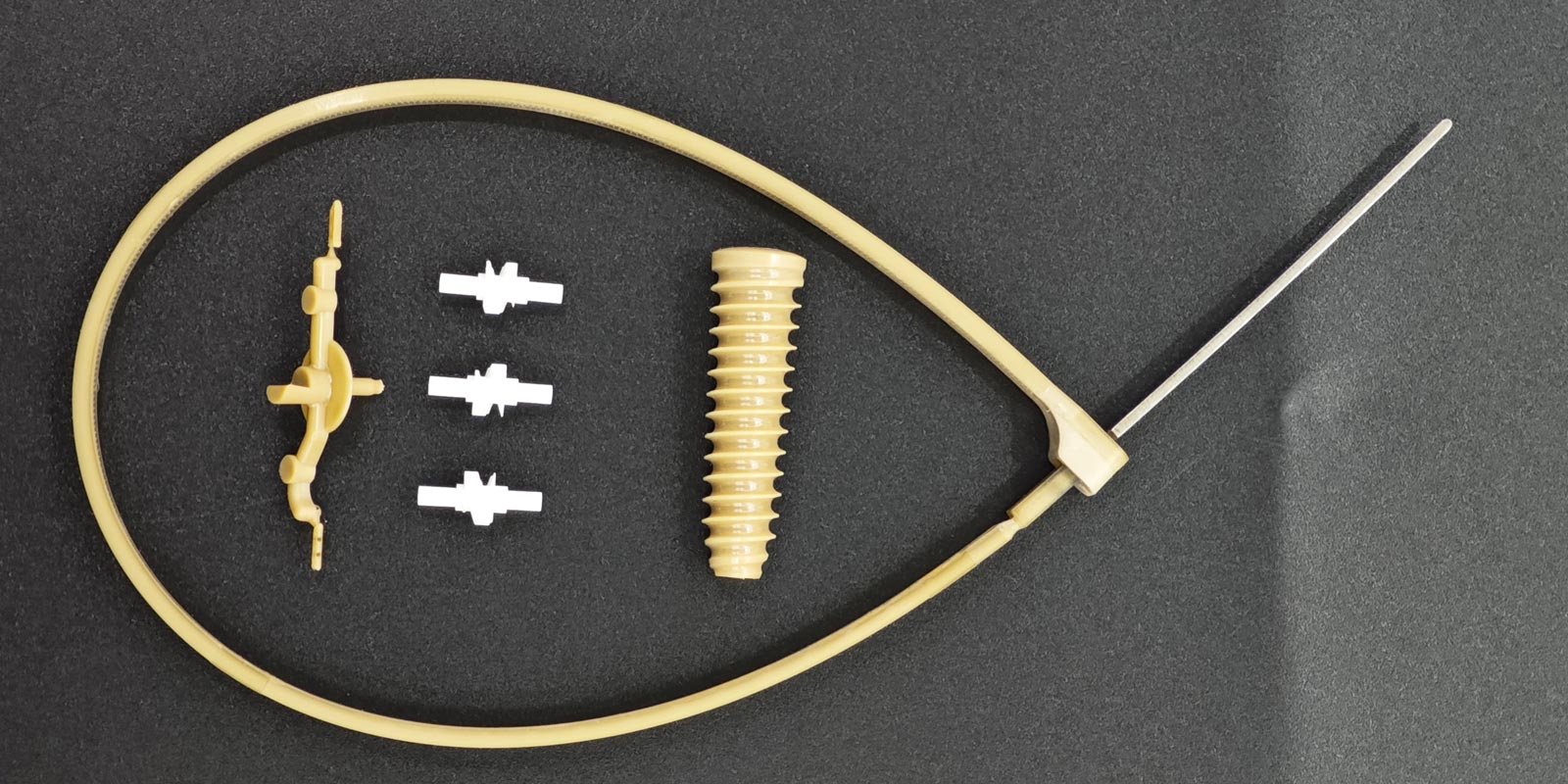
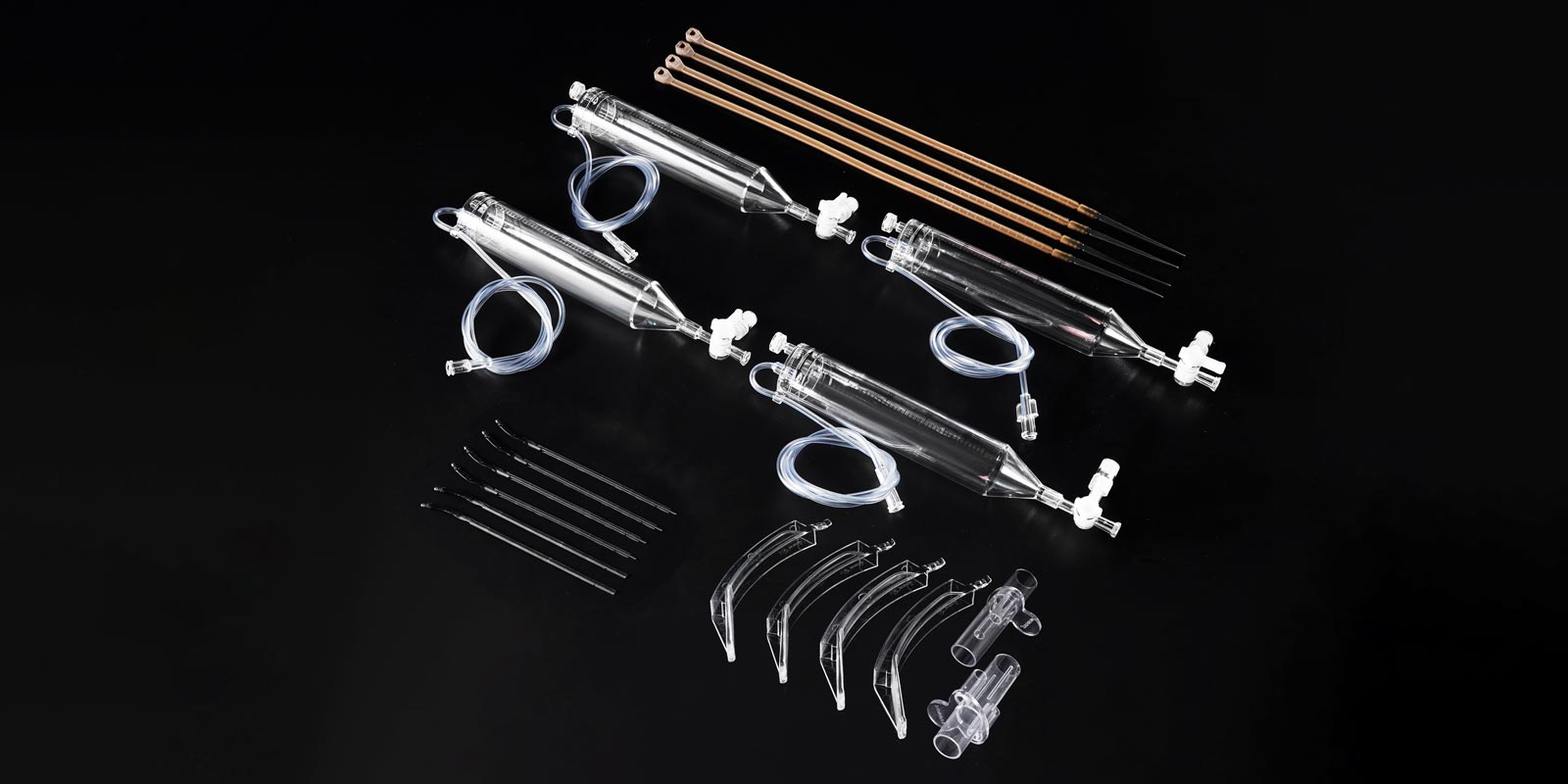
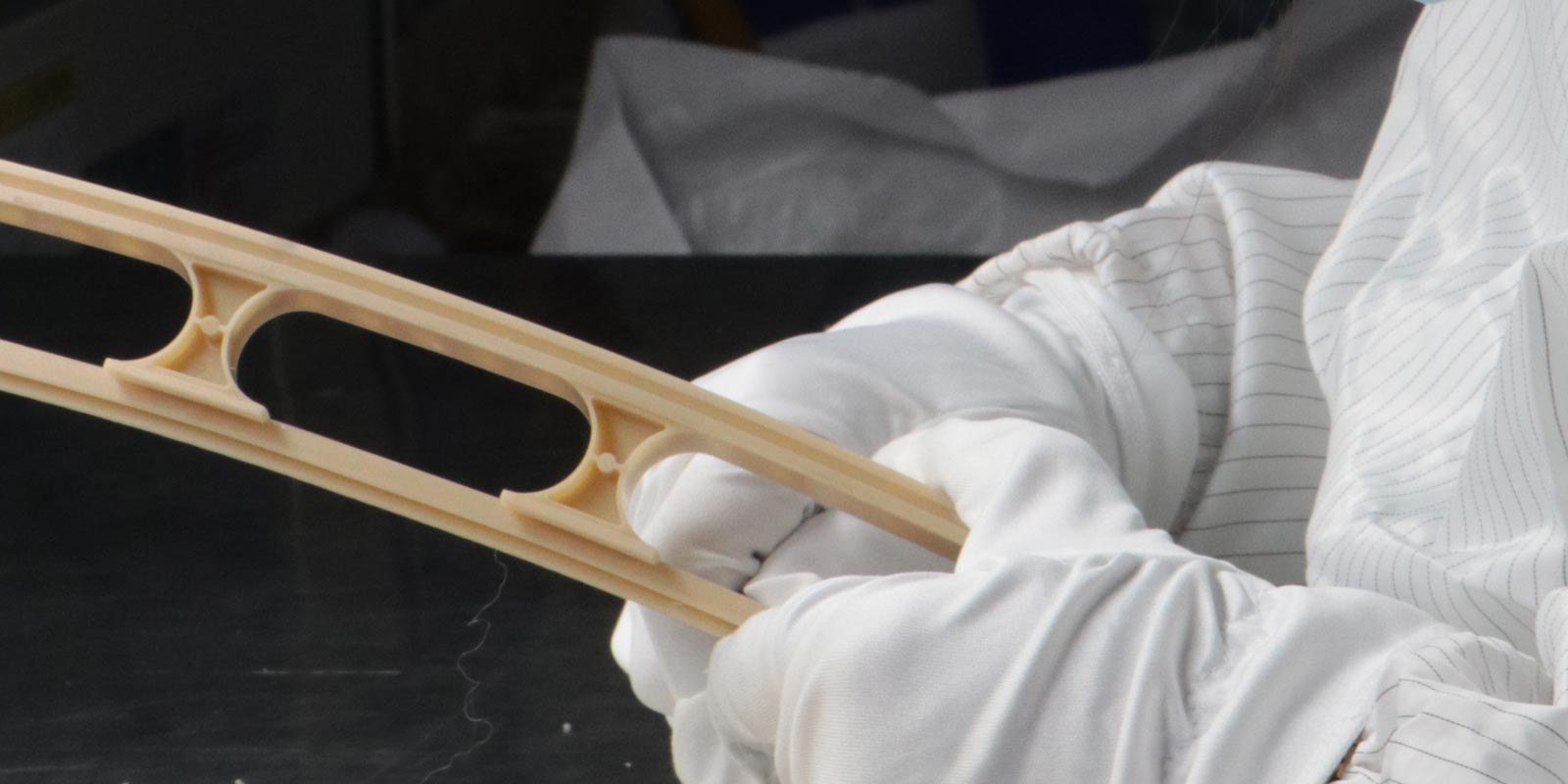
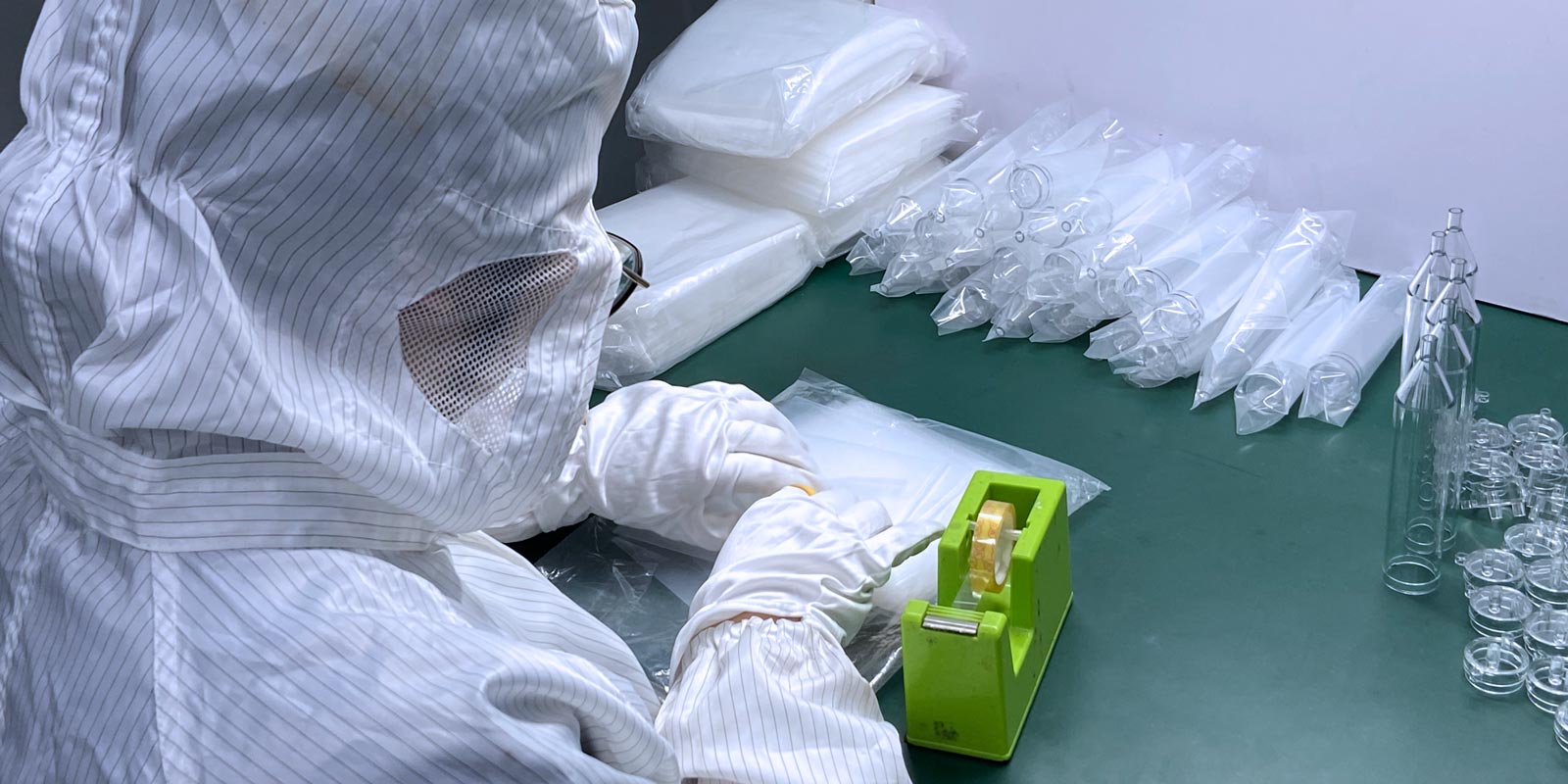
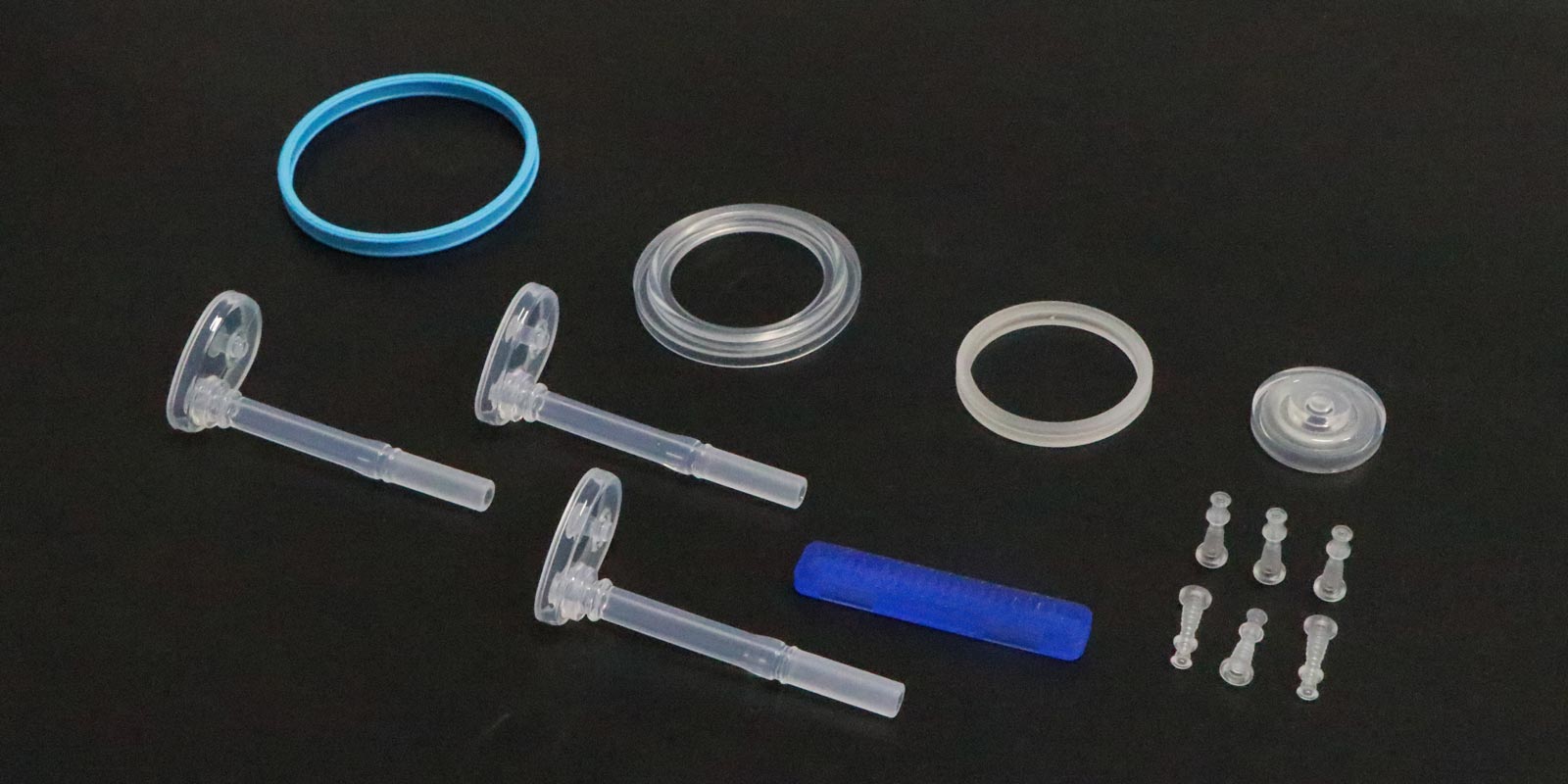











 Home
Home
